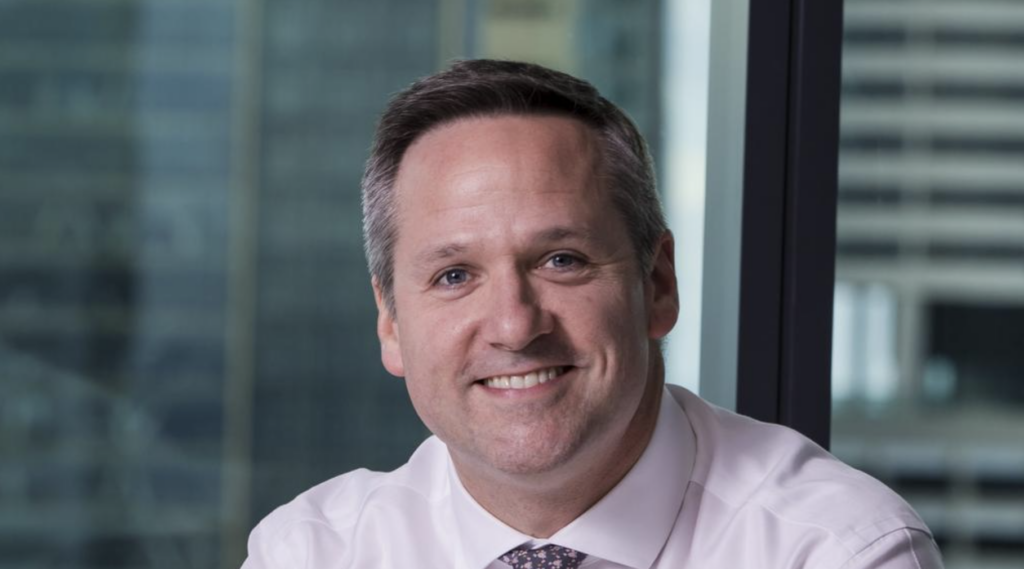

Article by Colin Packham
and Paul Garvey courtesy of the Herald Sun.
Australia’s most powerful energy producers have lashed spurious legal claims and environmental hold-ups, warning $10bn in new gas projects are under threat.
Australia’s most powerful energy producers have lashed spurious legal claims and environmental hold-ups, warning contracts needed to dodge a gas shortfall on the east coast are under threat due to delays developing more than $10bn in new projects.
Queensland’s Senex Energy, half-owned by mining billionaire Gina Rinehart, said it may struggle to meet supply deals with EnergyAustralia, manufacturing giant BlueScope and building products maker CSR.
Contracts with the big gas users from Senex’s Atlas expansion begin in 2026, but ongoing delays threaten the timetable.
“It takes a very long time to get gas out of the ground from a standing start,” said Senex chief executive Ian Davies.
“The longer this drags on, the more those contracts are at risk.”
The competition regulator warned in December extra gas will need to be transported from Queensland to Australia’s southern states to avoid shortages this winter, amid a continuing tight outlook for users on the east coast.
However, the revelation of problems delivering major new projects could lead to even bigger shortages of locally produced gas from 2026 amid broader jitters among energy users over a stuttering transition to renewables.
One of the nation’s biggest gas producers, Santos, backed Senex’s move to raise the alarm.
Santos’ $5.3bn LNG Barossa project in the Northern Territory suffered a year-long drilling pause and will cost an extra $456.3m to develop after two legal challenges forced delays.
“Clearly it’s no secret that I don’t believe that the balance is right, especially given we were delayed for a year after we had a project approved,” Santos managing director Kevin Gallagher said.
A Federal Court in January rejected a claim the gas giant’s proposed 262km pipeline would cause irreparable damage to First Nations people and their sites. Australia’s gas industry now hopes the ruling will deter more legal challenges.
“Governments need to find that right balance between allowing a responsible voice to oppose, challenge and be consulted but without holding up projects after they have been approved,” Mr Gallagher said.
“Australia has very tough and very rigorous regulatory processes, and if projects meet those regulatory requirements and meet those community expectations then they should be allowed to proceed.”
The gas industry warnings about legal action come as Indigenous Australians spokeswoman Jacinta Nampijinpa Price warns that the taxpayer-funded Environmental Defenders Office is harming, rather than helping, the Indigenous communities it represents in court. Writing in The Australian following the pledge by Opposition Leader Peter Dutton to pull federal funding for the organisation, Senator Nampijinpa Price says the EDO’s efforts to hinder major resources projects on behalf of Aboriginal and Torres Strait Islander people are adding to the economic deprivation of Indigenous people.
Heading into winter this year, gas will need to be transported from Queensland to the southern states of NSW, the ACT, Victoria, South Australia and Tasmania to avert local shortfalls.
Senex said it had been stuck in an environmental approval process for 18 months on the Atlas project.
“I think we are up to about 6000 pages and counting,” said Mr Davies, referring to the process of complying with environmental checks.
“It seems to be a very, very long-winded way. We have signed more than 150 petajoules worth of gas contracts with commercial, industrial and retail customers in Australia, and that gas can only be delivered if we can get on and produce our gas projects.”
The outlook underscores growing alarm within Australia’s energy industry that the nation’s east coast is heading for a material shortfall that would uproot the $2.5 trillion national economy and heighten cost-of-living pressures.
Traditional sources of gas to Australia’s east coast are rapidly dwindling, and new sources are struggling to secure regulatory approvals and support from local communities, which, developers warn, could cause delays that will force price rises for major users such as manufacturers and undercut the country’s energy transition.
ExxonMobil – one of Australia’s largest producers of domestic gas – last year warned its Gippsland Basin joint venture, which historically supplies more than 70 per cent of southeast Australia’s domestic gas demand, was rapidly dwindling. As a result, Australia’s east coast is expected to see material supply shortfalls from 2025, and they’re expected to grow substantially.
Senex, owned by Gina Rinehart’s Hancock Energy and South Korean steel giant Posco, said the urgency over the outlook was not echoed in Australia’s government policy and social consciousness.
Santos too has been held up in developing its own $3.5bn Narrabri gas project, which continues to work its way through the approval process, but the company has also fallen foul of a spate of legal challenges for its NT development. The frustration of the gas industry is heightened by a rapid transition away from coal, which will intensify Australia’s dependency on gas.
Labor has set an aggressive energy transition goal of having renewable energy generate more than 80 per cent of the country’s power by the end of the decade, but energy industry executives are increasingly alarmed about what will supplement the zero-emission generators such as solar and wind. Gas is used as a so-called peaker power solution, with generators fired up when needed and then quickly shut off.
“The thing we need more than anything is gas. It is the biggest thing we need to address, and it seems to be the hardest,” said one gas executive of a project awaiting regulatory approval, who declined to be named for fear of jeopardising their relationship with authorities.
“We have seen environmentalists manage to convince communities around developments that the project isn’t needed when it desperately is.
“You only have to look at recent gas usage during the recent hot weather in Sydney to understand the role gas plays.”
Australia’s electricity industry has for months urged the government to provide legislative support but it was left disappointed when federal Energy Minister Chris Bowen announced his signature policy, the Capacity Investment Scheme, which offers developers financial assurance though it is limited to just renewables and batteries.
Mr Bowen has insisted the government values gas and is making good progress in securing long-term supplies.
The government in 2022 introduced a mandatory code of conduct designed to prioritise affordable gas to the domestic market, and Australia’s market has been bolstered by offers of additional supplies.
More than 260 petajoules of gas will be supplied through 2033 in two new enforceable commitments with Exxon Mobil’s Esso unit and Woodside under the government’s gas code rules, Mr Bowen announced last month.
However, without legislative support, energy companies are grappling with how Australia’s grid will be propped up during periods of so-called renewable energy droughts.
Without gas, wholesale prices during periods when there is solar or wind generation will rise.
But it could open the door for one of Australia’s richest men, Andrew Forrest, who is pushing ahead with an LNG import terminal. Dr Forrest’s Squadron Energy has nearly finished construction of its Port Kembla LNG import terminal, which could see a flood of interest if users are unable to source gas from Queensland and NSW to meet domestic demand.
Despite Australia being one of the world’s biggest LNG exporters, Squadron said LNG imports are the most viable solution to the looming gas shortfall.
“Squadron Energy is now in active commercial negotiations with several major partners and suppliers,” chief executive Jason Willoughby said. “Port Kembla Energy Terminal remains by far the most realistic and advanced project to provide substantial volumes of up to 500 terajoules per day for the east coast markets.”